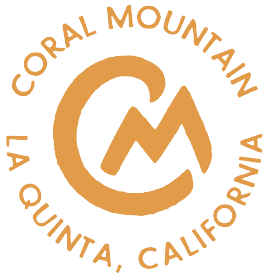In this first week of the new year, we’re looking forward to advancing the Coral Mountain Wave Development and continuing along the open process we’ve started with the same integrity and honesty we started with. This week we’ve decided to discuss any potential traffic impacts.
Here’s how possible impacts were identified:
- A full traffic analysis per the criteria of the City of La Quinta was performed by a qualified traffic engineer. In fact, a series of traffic analyses have been prepared over the past several years.
- As per City requirements, the traffic study must address the General Plan criteria for evaluating impacts. It analyzes a “buildout” scenario of the City, which includes: existing development and traffic conditions, project traffic, all other vacant land with approved projects and based on the General Plan density for land without approved projects.
- The traffic studies analyzed 19 roadways and intersections, evaluating Levels of Service (“LOS”) for the existing and future conditions.
- The traffic study included progressive Vehicle Miles Traveled (“VMT”) analysis implemented a few years ago by the State of CA and included as criteria in the City of La Quinta General Plan.
- The traffic study included 4 proposed special events, and limited to attendance of 2,500 people, many of which are likely to be residents and guests. (Note: The proposed special events will be subject to a public review process by the City of La Quinta and will require a Temporary Use Permit with conditions for their planning and management for each event.) The TUP requirements are part of the City’s Municipal Code and can be viewed here.
- One, by performing street, intersection, or signalization improvements at its cost; and
- Two, by paying significant fees at the building permit level that are contributed to pools of funding allocated to traffic improvements. Examples of the latter are the Transportation Uniform Mitigation Fees (“TUMF”), and Development Impact Fees (“DIF”). The taxpayer does not bear the cost of traffic improvements that are attributed to impacts associated with the development of the project.
Here’s to a New Year filled with promise!
Best,
Tara
Update: In consulting with the City, The Temporary Use Permit process should be clarified. While the TUP files are public, the review and decision occur at the staff level, without an advertised public hearing. The Planning Director is empowered to decide if conditions shall be imposed on the permit.
In addition to the links provided previously with the eblast, we suggest that interested parties review Chapter 9.200 – GENERAL PERMITTING PROCEDURES of the Municipal Code, and in particular Section 9.200.020 regarding Temporary Use Permits, to provide optimal clarity regarding the process.

